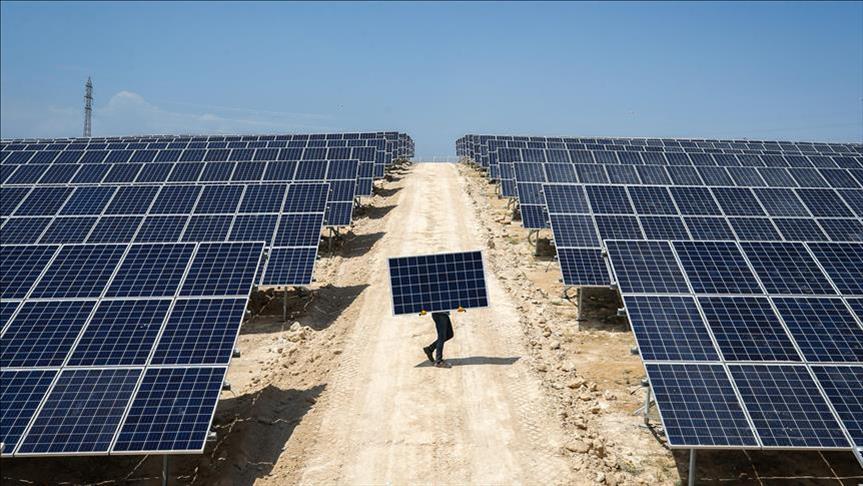The implications of the solar forecast are far-reaching and impact various aspects of energy planning, grid management, and sustainable development. Accurate solar forecasts have significant implications for the adoption and integration of solar energy, contributing to a more efficient, reliable, and sustainable energy future. Here are some key implications of the solar forecast:
- Optimal Energy Resource Planning: Solar forecasts enable power utilities and energy planners to incorporate solar energy predictions into their resource planning. By accurately predicting solar generation, planners can determine the optimal mix of energy resources, including solar, wind, hydro, and conventional sources. This helps in maximising renewable energy utilisation, reducing greenhouse gas emissions, and enhancing energy security.
- Grid Integration and Stability: The integration of solar energy into the power grid is a complex process due to the variability of solar generation. Solar forecasts play a vital role in grid management, allowing grid operators to balance electricity supply and demand in real-time. By effectively integrating solar power, grid stability and reliability are improved, supporting a more resilient energy infrastructure.
- Demand Response and Load Management: Accurate solar forecasts empower consumers to engage in demand response programs effectively. Consumers can align their energy usage with periods of high solar generation, reducing demand from the grid during peak times. This leads to load balancing and helps prevent grid strain, ultimately lowering electricity costs and promoting energy efficiency.
- Renewable Energy Investment: Investors and project developers rely on solar forecasts to assess the viability of renewable energy projects. Accurate forecasts provide insight into the expected solar energy production, influencing investment decisions and project planning. Improved forecasting can increase confidence in renewable energy investments and attract further funding for sustainable projects.
- Grid Balancing and Ancillary Services: Solar forecasts aid in grid balancing and the provision of ancillary services, such as frequency regulation and voltage control. Grid operators use solar forecasts to anticipate variations in solar generation and adjust power generation from other sources accordingly, ensuring grid stability and efficient energy flow.
- Energy Market Participation: In energy markets, solar forecasts enable producers and consumers to participate strategically. Solar power producers can schedule energy generation during peak solar hours to optimise energy trading, while consumers can adjust their electricity consumption to align with high solar availability and lower prices.
- Greenhouse Gas Emission Reduction: The widespread adoption of solar energy, supported by accurate forecasts, contributes to reducing greenhouse gas emissions. Solar power is a clean and renewable energy source, displacing fossil fuel-based electricity generation and mitigating the environmental impact of power production.


